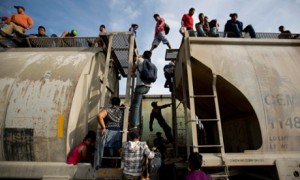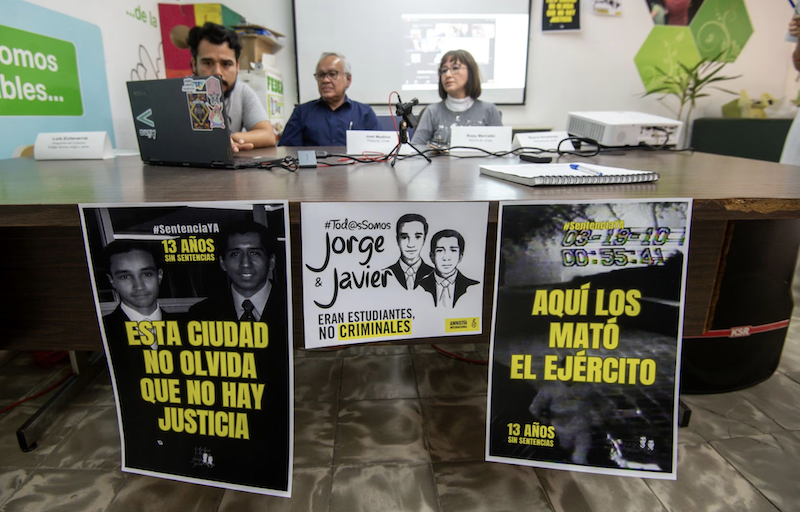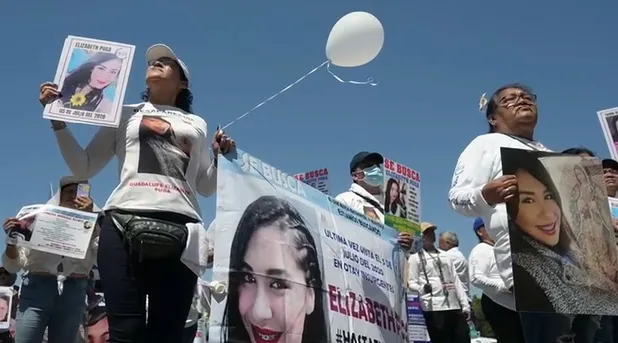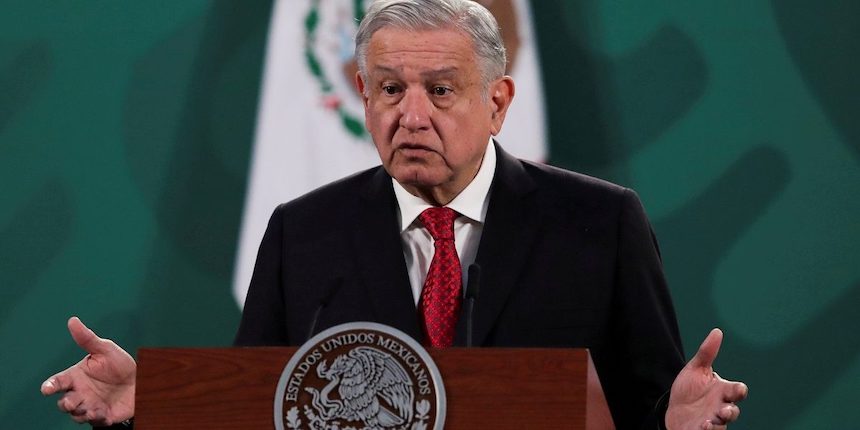
08/26/14 (written by cmolzahn) — In its report entitled “Human rights of migrants and other persons in the context of human mobility in Mexico,” the Inter-American Human Rights Commission (Comisión Interamericana de Derechos Humanos, CIDH) suggests that the Mexican government knew two years ago that the number of children migrating toward the United States had increased, but has since failed to act accordingly. The report was based on a visit by a CIDH delegation to Mexico in July and August of 2011, and details the abuses suffered by minors migrating alone through Mexico, particularly those from Central America. According to data from Mexico’s immigration authority (Instituto Nacional de Migración, INM), in 2012 the number of minors detained in Mexico rose nearly 47% from the previous year to 6,107, a spike that the CIDH called “worrying.” Moreover, the CIDH stresses that control practices have not evolved sufficiently to adapt to the growing problem.
During its visit, the CIDH interviewed representatives from civic organizations and Mexican government officials who said that there had been steps taken in an attempt to adjust to the influx of unaccompanied child migrants, such as special sections added to detention centers. Aside from the dangers and abuses that the minors face in their attempts to cross through Mexico, often from agents of the police or Mexico’s INM), the CIDH also expressed concern over a “lack of data about crimes and human rights violations of which [the children] have been victims.” At the time of its visit, the CIDH found that the dangers presented by gangs and drug cartels in the areas where they lived were the primary motivating factor for the decision for the children to leave home.
The CIDH is requesting that the Mexican government “adopt special protection measures” for child migrants, and to acquire the expertise necessary to sufficiently handle their unique situations, which, said the CIDH visitors, sometimes include being used by criminal organizations in the trafficking of humans and drugs. Throughout its report, the authors criticized the Mexican government for criminalizing what it terms boys, girls, and adolescents (niños, niñas y adolescentes, NNA) found in the country without authorization by roundly incarcerating them in substandard migrant detention facilities, with little regard to international standards of family reunification, and without access to education or due legal process. Moreover, the CIDH visitors found that a large portion of the services offered to migrant children were from shelters provided by the Catholic Church, private citizens and NGOs.
For her part, Mexico’s Assistant Secretary of Population, Migration and Religious Affairs (Subsecretario de Población, Migración y Asuntos Religiosos) Mercedes del Carmen Guillén Vicente emphasized the Mexican government’s creation of children’s quarters within existing detention centers, as well as the creation of a position within INM known as Integral Childhood Protection Officials (Oficiales de Protección Integral de la Infancia, OPIs), who are federal migration agents charged with guaranteeing child migrants’ rights, including access to health services, food, clothing and rest, as well as facilitating parent contact via free telephone calls. Along the same lines, Guillén added that special units (Módulos de Atención) have been established in migration facilities to attend to unaccompanied minors. According to official records, as of October 2013 there were 493 OPIs nationwide. The Commission also recognized articles in Mexico’s Migration Law (Ley de Migración) that are closely in line with international standards, but criticize that in practice alternatives to detention are the exception rather than the rule. The report urges legislative measures that guarantee that minors—both accompanied and unaccompanied—never be placed in migratory detention centers, but rather be attended to by a separate entity specialized in the treatment of such cases.
The rapid influx of mostly Central American migrants—many of whom are unaccompanied minors—to the United States’ southern border with Mexico has stretched resources, rekindled the partisan debate over immigration reform, and resulted in the deployment of National Guard troops to help in containment efforts. According to official records, more than 61,000 Central American and Mexican minors were apprehended attempting to cross the U.S.-Mexico border between October 2013 and July of this year. Moreover, according to the INM, around 140,000 people cross illegally into Mexico from Guatemala each year.
Sources:




